Our Software Process
Our software development and product design process is designed to allow for true collaboration between you and us.
We can be involved for just the start of your project by building requirements, brainstorming and working towards a complete picture of your vision. We can go a step further by producing architecture-ready solution design documents or making those artifacts.
But of course, if you would like us to facilitate the whole software design journey, we are able to excel at that also. Asmorphic has been building bespoke client solutions for decades and has been involved in all aspects.
We help bridge that gap between business and technology.

Asmorphic provides a FREE Initial Business Analysis, Product Discussion and Roadmap for your new product, service or application.
We can help navigate the journey and strategize the design, development and go-to-market strategy to give you the best chance of success.
This promotion is suitable for everyone from small businesses after a new website to enterprises with their own infrastructure wanting to tie into third-party solutions through integration.
No-obligation, no-risk robust discussions with experienced resources.
Please don’t wait, get in touch while a few spots remain!


Dream Big, Design Smart, Achieve Success Quickly
Asmorphic takes pride in our product creation and development methodology. Our process is designed to allow for true collaboration. We can help you in the early stages, developing a concept and fleshing out an idea, to assisting and guiding you through the Solution and Functional Design steps, to providing reasonable estimates based on the outcome. If you choose to have another partner (or yourselves!) do the actual production work, that's great! We are happy to assist as needed to get you up and going. We believe project milestones should deliver usable value along the journey allowing you to take advantage of what is built as quickly as possible, even if the whole project is not finished. Why wait for all the lights to be green?
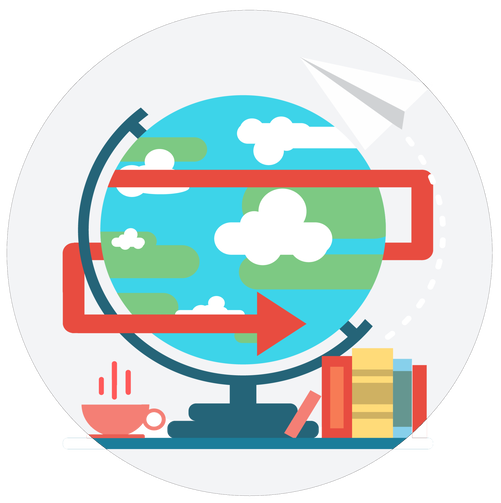
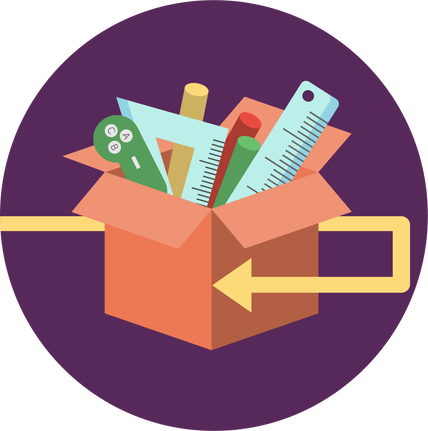
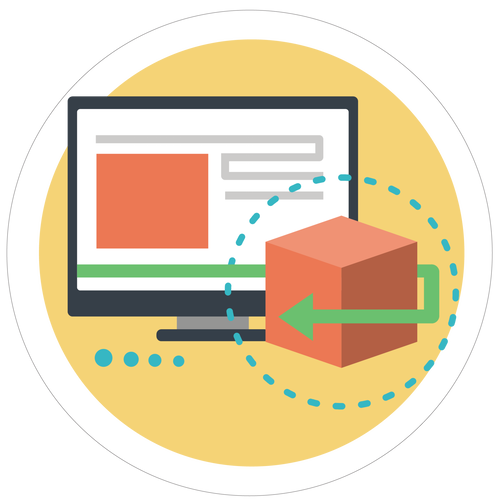
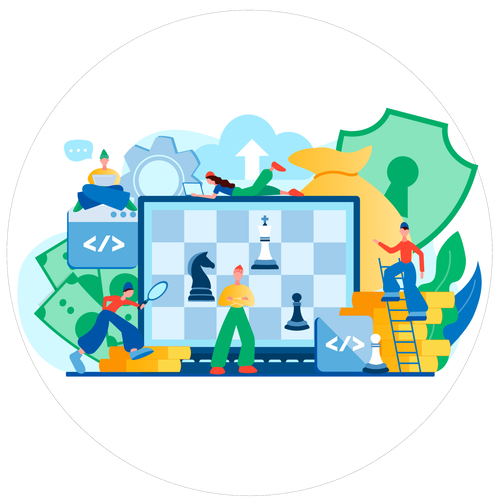
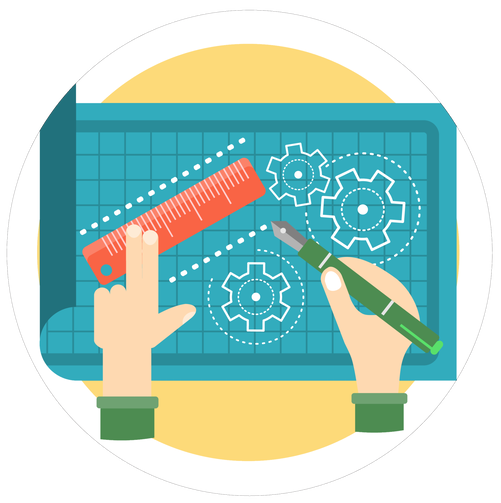
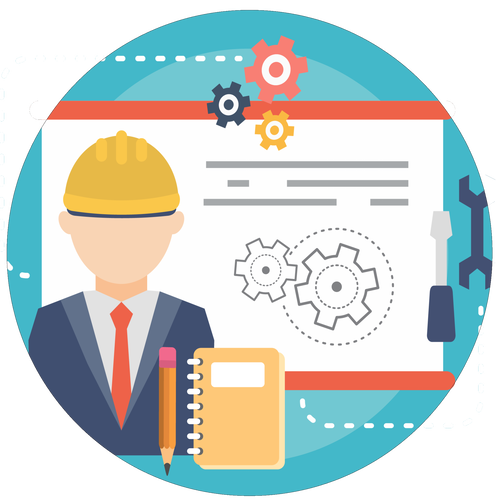
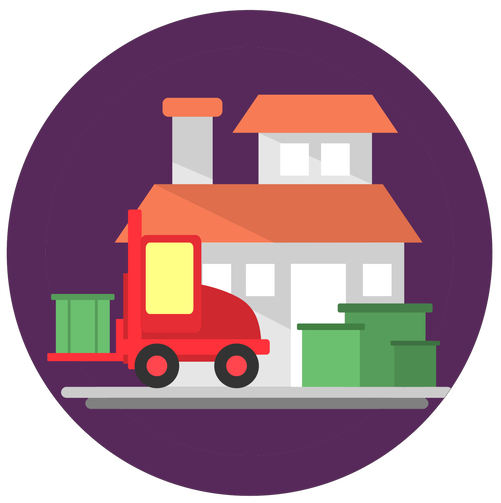
Delve a little further into the concept. We workshop the idea, concept, service or product and explore the potential scope of your product design.
We think about the market it is relevant to, who would buy it? Is it necessary or is it just “cool”? Is it one of those great ideas or is it a pipe dream and should be abandoned? What should or could be added to the vision to create an outstanding outcome?
Here is where we really start the rationalisation process. We bring depth to the vision before we commit to the whole project.
In any product design, there will be elements or components which are common to the other attributes that form part of it.
This could be anything from a common user interface component to a new base framework that is needed to support the entire concept.
These dependencies often will need to be prioritised ahead of other modules as the others cannot be built without them.
We use this phase to identify these commonalities and separately work out the aggregate features that need to apply to these items during software development so they can be put to the front of the queue
We break the enterprise change or the individual project into smaller components. It just doesn’t make sense to eat the whole elephant at once! By creating more achievable discreet items a project can be completed iteratively, providing value more rapidly.
We can work out what provides the most value – identifying which may provide the best:
- Value for money
- Operational Excellence
- Immediate Resale Potential
- Company Engagement
Now we have a list of the components that are required to support the project or enterprise change, including the dependencies that are fundamental to being able to support the vision, we need to create a roadmap.
This phase is not just about putting items in order and creating a fancy project management Gantt chart so the project manager can be kept busy shuffling things around.
This is about the reality of delivery. The reality of your timeline and where this project sits in your company trajectory. Too many times partners take on large projects on your behalf and smash the project out as quickly as possible just to get the cheque at the end.
Our job is to understand the speed, the quality, and the budget, but also the realistic capital expenditure you wish to commit to the project so everyone knows what there is to work with.
Having this information on hand, it provides invaluable information for the next phase.
Based on the common components and the roadmap we produced earlier, this is where the real substance comes out. The components go through the full Software Development Life Cycle (SDLC) treatment so we all have a very solid understanding
Our key elements
- All the business requirements that form the product design
- The solution design and software architecture, the conceptual problems we are solving
- The functional design, the actual bits, bobs, knobs and levers
- The user and system experience via user stories
- Workflows and procedures
- User interface design concepts
This is where we can finally get closer to some realistic estimates for the entire change. It is also an opportunity to revise, review and abandon certain elements of the project (which will drive your project manager crazy!). But with some real detail of each smaller component, it is a lot easier to make these hard decisions before the real development project begins.
You can also work out which lights will be green and at which stage of the project so you know when to engage other departments (such as training, documentation and marketing!).
Well. We’ve finally made it. It’s time to start building things. The development teams are engaged, the QA teams are thirsty to test as soon as they can and the documentation teams have already begun working as they have a pretty solid idea of what is coming.
Project plans are formally introduced at this stage and the project manager has calmed down a little bit. We highlight key milestones for delivery and advise and engage key stakeholders to be aware of these markers so they can take advantage as soon as the items are deployed. Exciting times!
Also part of this process is where the original designers and architects will periodically review the outcomes against the scope to ensure we are on track to deliver what was agreed. All part of our software development process.
Following the successful build process and release into the wild, it is rare not to find room for improvement or use cases that were not able to be anticipated in advance. This phase requires general monitoring of the health of the product or service and regular feedback from the users that are operating it day-to-day to identify enhancements.
Bugs or minor improvements simply can get actioned as required but must be well documented as part of the project so the library of artifacts is kept up to date and there is always a written representation of the current state.
Larger changes, essentially follow the same development life cycle that has been used to get to this point for the enterprise or project, just on a smaller scale.
Dream! Create your vision!
Build your vision. This is the chance to think big, be a little out there. Don’t be confined to overthinking.
There’s plenty of time for that in the later stages of the cycle! What is the most ideal outcome for your company’s product strategy or evolution of a product or service?
But Remember…
You do not have to have Asmorphic involved in the whole journey, if you have your own partners that you want to get involved in the development, you are more than welcome to. We are happy to take this phase completely, we are happy to oversee and work with your team to keep the project on track, or you or your team can run with it themselves! We are about ensuring the success or your project well far and beyond having complete control of it.
Let’s get the product design conversation started
Fill in the below form with your details and a brief introduction to the project/s you are working on or intend to investigate. If you intend to use the hybrid resourcing model where you BYOD (Bring-your-own-developers) – this will be important as well as it will save a few questions!
Alternatively, you can proactively make a booking with our key consultant, Martin Edge by creating an online booking

